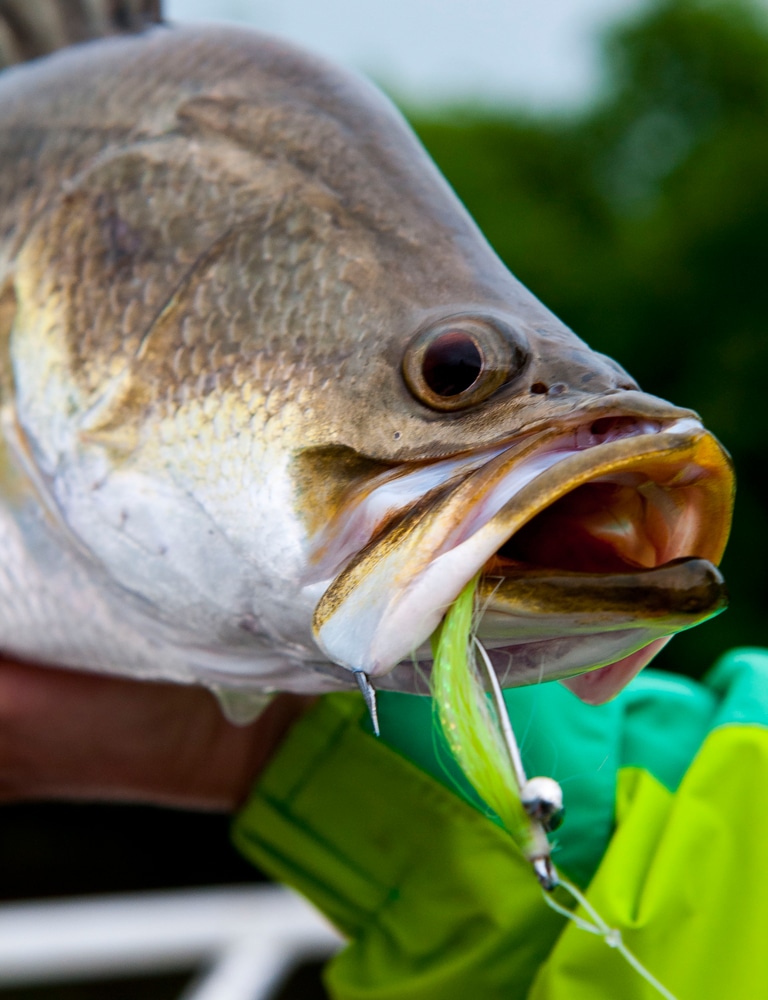With a fly rod in hand, excitement and adventure can strike any time, any place and without warning. However, when anglers travel to exotic destinations, expectations of these two experiences increase drastically. All too often, however, anglers fall victim to the mentality that the more hours it takes to get somewhere, the better the fishing will be. In many remote and therefore unpressured locations, this can certainly be the case. But in reality, Mother Nature can’t be sympathetic to every traveling angler’s schedule. What does this mean? It means that even world-class fisheries undergo slow periods from time to time.
When I booked a trip to Australia’s Northern Territory, arguably the best barramundi fishery in the world, the words slow fishing were as foreign to me as the country itself. I was absolutely certain I would return with a trophy fish to my name — I was right.
Inevitably, all fly-fishing quests start when the preparation begins, and for me, the first step of prep is hiring myself at my very own fly-tying sweatshop. For the Northern Territory, I was intimidated — I’d never been to Australia, let alone fished for barramundi. However, everything I’ve gathered over the years about this fish told me to treat them like snook, a species I’m quite familiar with. For weeks, I cranked out various baitfish patterns in different sizes and colors and felt as though I was good to go. That is until I searched Northern Territory barramundi on YouTube. When I did, it became clear that I wasn’t thinking big enough. I was undergunned, and once again, the tying frenzy ensued right up to the day before departure. It was then I realized I had a problem — I had way too much stuff. Why I was surprised, I don’t know — this conundrum happens every time I get on a plane to fish anywhere. And, just like on every other excursion, I crammed, crammed and crammed some more until it was all in.
Up and Away
The wheels of this trip started rolling sometime in November 2012, and a departure date for late March was set. It was also arranged for Chris Woodward of Sport Fishing magazine to join me. It had been many years since she and I had shared a boat, and I looked forward to it. In addition, I knew Chris would be throwing plugs, and selfishly I thought a fly-versus-plug unspoken competition would make a nice angle for a story.
Chris and I exchanged greetings in Dallas and boarded the nonstop flight to Brisbane. Finally, all that separated me from the land of giant barramundi was an 18-hour flight to Brisbane followed by a four-hour hop to Darwin in the Northern Territory. I was so close yet so far away, but even still, I could practically feel line burns developing on my fingers.
A Dry Warning
On the ground in Darwin, baggage handlers and even the customs agents inquired about our rod tubes, not because they were suspicious as to what was inside but because they were fishermen themselves. Each wished us luck but also informed us that the Northern Territory was in the midst of a drought the likes of which they hadn’t seen since the ’50s and that dry weather meant tough fishing.
Groggily, I wandered the streets of downtown Darwin, and being somewhat of a hippie in my youth, I couldn’t help but admire the countless youth hostels that dotted the streets like Starbucks. In short order I determined Darwin was all about two things: young traveling backpackers and barramundi.
In the morning, Chris and I met up with Ben Currell of Vision Sportfishing, who’d be our guide for the day. He was young and unshaven and wore his passion for fishing on his sleeve, quite literally. His arms were heavily decorated with his favorite Aussie game fish — I liked him immediately.
On the way to the ramp, Ben explained that sight-fishing was his thing. I found this to be a pleasant surprise and felt that it would give me a leg up in my secret fly-versus-plug story competition. As Ben dropped his boat in the water, I listened as all sorts of unfamiliar birds called and convinced myself that this spot was used in the filming of Crocodile Dundee. Foolishly, I asked, and Ben laughed and replied, “Sure, why not, mate?”
Rod Casualties
Other than a seemingly real possibility of a croc leaping out of the water and grabbing one of us, I did have a couple of concerns — there wasn’t a puff of wind and skies were blue as far as the eye could see. This indeed was somewhat of a red flag — wind and gray clouds always seem to follow writers in pursuit of fishing stories. Ben told us we’d have a bit of a run and that we should rig up on the way. I opened up my rod tube and pulled out my 8-weight. The tip section had not survived transit. Not too worry: I had plenty more. I pulled out my 9 and was rigged and ready before we reached our first spot.
Bush Barra
When we came off plane, I smiled at the expansive shoreline of mangroves in front of me. There were overhangs, and snarls galore. Few things in life make me happier than tucking tight loops under dense foliage. The high tide would allow barramundi to sit way back in the bush, which meant the only tactic I had should I get bit was to strip like mad and hope for the best. The trolling motor was dropped and we began a slow creep. At various pockets, I made a cast or two that revealed no hidden barras. We continued on and eventually Ben stopped the boat with purpose and whispered, “Do you see it?” I followed Ben’s pointed finger and looked hard. When I caught sight of the fish, I thought to myself, he’s got to be kidding. It was an impossible shot. This fish was so far back in the mangroves that, in order to make a presentation, I’d be laying about 20 feet of fly line on top of and around exposed roots. I made the cast anyway, and it was as much of a mess as I expected. I was screwed until the tide dropped.
Luckily, the tide did fall, which led Ben to a new spot where he told us we’d be looking for fish cruising sandy shorelines. Ben spotted a nice fish off the first beach we stopped at. Most people, when they sight-fish, look in the direction that provides them the best visibility. This is all well and good and makes logical sense. However, oftentimes when I’m sight-fishing, I look in the direction that not only has the worst visibility but also that will provide the most difficult, crosswind backcast possible — with me, that’s where they show up, always. Just as the nonexistent wind and blue skies had shocked me only hours before, this fish did as well. It approached so slowly it swaggered. It was a warm-up layup, no doubt. I quickly dropped the fly and made two false casts, and right at the pinnacle of my shoot, I heard “thunk.” My heart dropped. I could not believe I hadn’t connected my rod pieces together tighter. The top half of the rod had shot toward the unsuspecting barramundi and it spooked. Frustrated, I stripped my line back in and noticed that the ferrule was still connected. My rod broke. Now, I’m down two rods.
The three of us struggled to find fish for the remainder of the day. Apologetically, Ben explained that the lack of rain had made fishing extremely difficult. The amount of daylight was against us when Ben pulled into a little canal. I was standing on the bow and looked into the Yoo-hoo-colored water when, all of a sudden, a gigantic barramundi rolled and simultaneously popped like Paul Bunyan, smacking the surface of the water with the broad side of a canoe paddle as it ate. The sound and sight literally made me flinch. With winced and squinted eyes, I caught a glimpse of the fish and it was every bit of a meter — that’s 39 inches for you nonmetric folks (a meter is the benchmark measurement of a trophy size barramundi). Though we had not connected with one thus far, clearly we were in the land of giants. We searched until the tide ceased, when Ben remarked that our only tactic left was to visit a proper outback pub and drink our sorrows away. So, that’s what we did.
Going Above
The following morning, I awoke with high expectations. Today, we’d be helifishing with Airborne Solutions. We grabbed all of our gear and met pilot Grant Gilmour and fishing guide Andy Henier in the field at the landing pad near our hotel. As soon as we lifted off and the city skyline of Darwin was out of sight, I felt like I was truly in the Outback, and in a strange kind of way, I almost didn’t want to land. Through radios, Grant and Andy discussed the same issues that had plagued Chris and I the day before — the lack of rain was going to make things difficult. We hovered over a few spots until Andy and Grant settled on one that looked to have good water clarity. After our rods were rigged, Andy seriously warned us to watch out for crocs, and with that, I began exploring.
Walking down that first shoreline, I stripped out line and roll-cast it out. As the fly settled, I pulled a couple of courtesy strips of extra line and made a couple of strips to prepare to pick up and start casting. On my first strip, a big barramundi came out of nowhere and swung at my black-and-purple EP baitfish and missed. Since that was within the first two minutes of having the fly in the water, I was feeling good. But, in the end, that was the only barramundi I saw that day. We fished spot after spot and, even with as many as three conventional plugs in the water and, of course, my fly, nothing. I became slightly concerned. I knew it had nothing to do with our guides — they were all proven fishermen and would have to be to work in a fishery such as the Northern Territory. Plus, they all blamed it on the same thing — the season’s lack of rain. For whatever reason, Chris and I were delivered one of Mother Nature’s proverbial curveballs. Why? Who knows. What I can say is that I am of the belief that everything happens for a reason. On one hand, my head began to hang and my tail was beginning to sneak between my legs. How could I come all this way and return back to the States barramundi-less? On the other hand, I did have a feeling that something special was going to happen before it was all over.
Bamurru Plains
Fishing-day two came to a close, and once again we were skunked. Just before our final takeoff in the chopper, I consciously told myself to not think about barramundi but to instead focus on enjoying the ride and be grateful for where I was. As we hovered over the plains, I practically hypnotized myself admiring this unique and foreign landscape full of wildlife I’d seen only in books as a child. Eventually, my mind did sneak back to fishing. I thought about this trip and others I’d taken in the past. I thought about the trips that were stellar in terms of fishing and smacked myself because I realized that, far too often when the fishing is great, I remember that and that alone. It hit me more than ever that trips are experiences and the catching aspect is just one small part of it.
The vast plains eventually gave in to a small compound, Bamurru Plains, and when we landed manager John Cooper welcomed us. Immediately I fell in love with the property. It was like a wetland ranch and was unlike any place I’d been. Cooper was the epitome of an Australian: friendly, witty and tough as nails without demonstration. As he showed us around the property, we told him about the trials and tribulations of our journey for barramundi thus far. He was sympathetic but realistic, and like the guides we’d fished with days prior, he told us how difficult the fishing had been due to the lack of rain.
Bent Rods
We set out early the next morning, and on our run, he told us about barramundi that he’d caught and lost with a tone that made it obvious — the man lives for this fish. Again, though, none of us elicited a swirl or a boil, let alone a bite. We packed it in and headed back to Bamurru. Hanging out on the deck looking out over the plains truly made us forget about a fishless day. I was in the middle of nowhere hanging out with new people and was watching the sun drop as countless wallabies hopped around and hordes of water buffalo moved to bed for the night. There’s something soothing about not caring where your cellphone is because you know you don’t have a signal.
The next morning, I was inclined to take part in some kind of ritual to change our fishing fortune. So I opted to spread my toast with Vegemite — kind of a rally cap of sorts. Wow! It’s awful — don’t eat it — ever! As offensive as it was to my American palate, it did not change my luck. We had traveled halfway around the world, fished three full days and had nothing to show for it. However, Chris and I both were perfectly happy with where we were and the people we’d met. Cooper shared in our misery — he wanted us to get into fish as much as we did. Cooper motored us to a spot where he said we’d have a good shot while the tide was falling, but it was going to be a very small window. The Northern Territory of Australia has extreme tidal movement, and unless you know what you are doing, you can get caught with your pants down. We anchored, and when the tide began to drop, almost like clockwork baitfish began to move, and we started hearing the haunting inhalation pops that are unmistakably barramundi. We both knew this was it. Chris was casting off the stern and I alternated casting with her, from the bow. There was so much bait around, and there was that feeling of life in the water. I could almost feel Cooper’s worry leave him when Chris yelled, “Fish on!” She pulled in a small barramundi — finally! As Cooper and Chris removed the hooks, shot photos, tagged and prepared to release the small fish, I fished on. I changed flies two or three times before getting bit. I was so hungry to have a barramundi in hand I strip-set as though my life depended on it when I felt the tug. When the fish came boatside, I could see it was not a barramundi. It was something I’d never seen before. “Um — what is this?” Cooper replied, “Bluenose salmon.” “Is that a good thing?” I asked. Cooper smiled and said, “Sure, mate.” Just as I released my first Australian catch, the sky completely opened up and we were soaked in an instant. It was the kind of rain where you practically lose visibility. Knowing that we had a very small window before the tide kicked us out of our one-fish honey hole, we stayed on the hook and continued casting. Unfortunately, our flurry of what was our hottest action thus far was cut short by the tide, and Cooper moved us along.
Fly Rod Dues
Yet again, back at Bamurru the woes of the day were forgotten over beers and wallabies backlit by the setting sun. By this point, I had let go of the original hopes I’d had of catching a trophy barramundi, and on that night before our last fishing day, I realized that the gut feeling I’d had about something good happening had already proved correct — it took place the second I landed in Australia. I was in a completely new place, meeting new people and experiencing a new culture — all because of a fly rod. Isn’t it funny how things that you deem as meaningless decisions you make early in life can end up dictating so much of your future? Had I never picked up a fly rod, there’s no doubt I wouldn’t have been sitting on that deck watching those wallabies. Had I not picked up a fly rod, I can guarantee that all the places around the world that I’ve been, I never would have been to. I thought about that further and began to think about the people I’ve met through fly-fishing, people that I consider some of my dearest friends — had I not picked up a fly rod and got bitten by the bug, none of these people would be in my life. The fly rod is and has been my 9-foot excuse to see the world and has, in many ways, defined who I am.
Trophy at Last
The next morning, I awoke with a different attitude. The sense of desperation I’d felt increased each and every morning, but this one was different. I gave in and thought, I’m just going to do my thing, fish with my new friend John Cooper and enjoy where I am.
For our final day, Cooper told us our tactic was going to be to cast flies into little drainages. All morning and afternoon I did this. While I got hung up many times, I did have moments of triumph and managed to tuck casts into the mangroves deeper than I’d ever thought I could. Cooper was beside himself. He wanted me to get a fish in the worst kind of way. Over the last three days, the three of us had fished hard through pouring rain and hours upon hours of nothing.
As the sun dropped on that final day, Cooper said, “We can fish one last drainage but then we’ve got to get back to the lodge; this storm is going to be bad.” As I walked to the bow, Cooper said, “Before we get there, tie this on.” Cooper handed me a basic chartreuse-and-white Clouser Minnow. I figured, OK, why not? I’d spent weeks tying elaborate baitfish patterns in different sizes and colors and was rewarded with nothing, so let’s try the old standby. I made one cast that was slightly off the mark and stripped it back in. Cooper said, “OK, mate, we’ve got about five more minutes and then we’ve got to get out of here.” I picked up and cast with abandon, caring nothing about a tangle or a snag; this was literally going to be my final cast of the trip. As I shot the line, the only thing on my mind was getting that rusty-hooked Clouser as deep in the drainage as possible. It felt good and looked good, and by a frog hair, the loop slid beneath the overhanging tree and landed so deep I couldn’t see the plop from the dumbbell eyes. Before I stripped, I just knew — this was it. Pop! I strip-set and the fish came to the air. Cooper began screaming as though I had hooked a world record. I was simply in disbelief. I had finally hooked my trophy barramundi — all the generous 1 pound of him. Cooper gingerly netted the baby barra as though it were the meter length all Aussie barra nuts crave. As soon as the net surrounded him, the three of us celebrated accomplishing the impossible. Cooper hugged me and said, “Mate, that’s the smallest barramundi I’ll never forget.”
A poetic end to an absolutely amazing trip.
My first day back in the office after returning from Australia, an email from Cooper greeted me that read, in short, You should be here now; fishing turned on big-time as soon as you left.
Hard to believe as it may be — even knowing that I missed epic fishing by a matter of days — I wouldn’t change a thing about the outcome of my first trip Down Under. That one small fish is one that will never get mixed up or lost in my mind. I’ll remember everything about it. That small fish keeps me grounded and will always help me to remember and appreciate what a good trip truly is. That tiny barramundi is a testament that success in fly-fishing should never be measured in inches or pounds — it should be measured by the way you feel about the experience as a whole 20 years later.
Make It Happen
Ben Currell
Vision Sportfishing
visionsportfishing.com
Grant Gilmour
Airborne Solutions
airbornesolutions.com.au
John Cooper
Bamurru Plains
bamurruplains.com
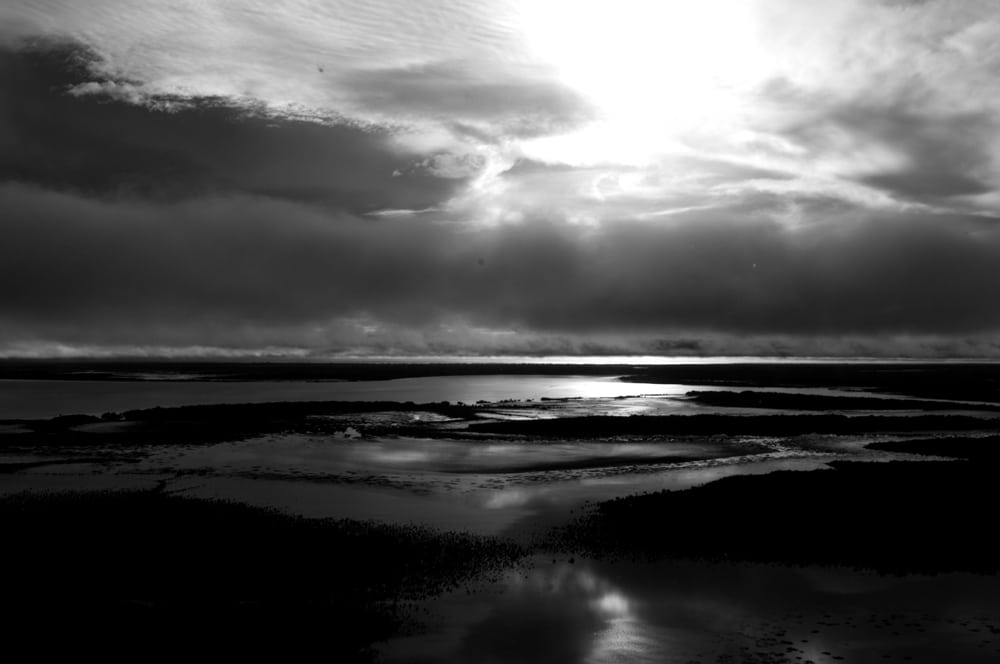
Fishing for Barramundi in Australia’s Northern Territory
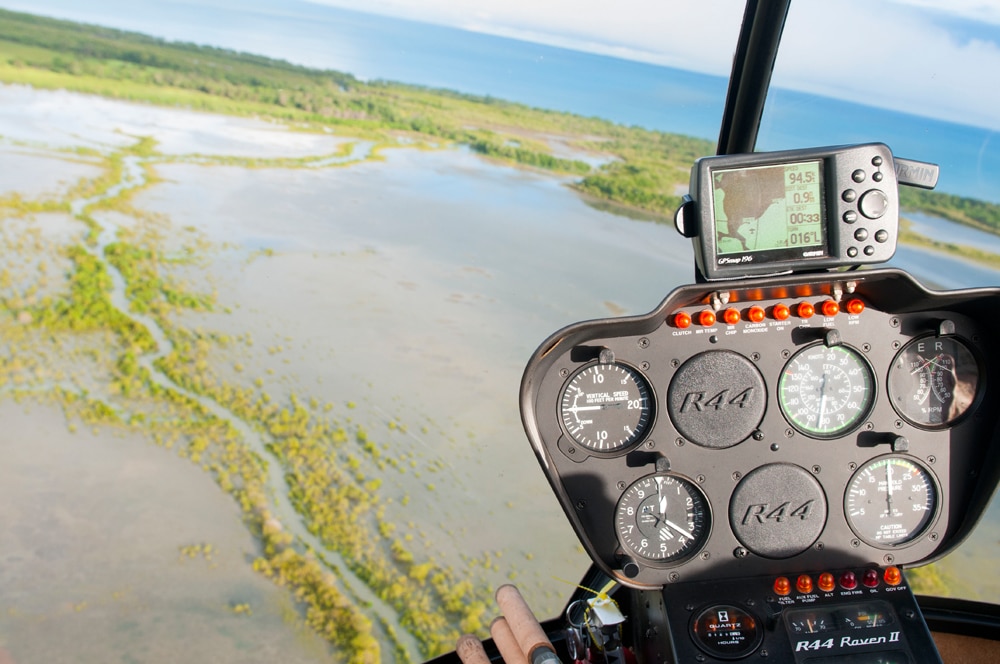
Fishing for Barramundi in Australia’s Northern Territory
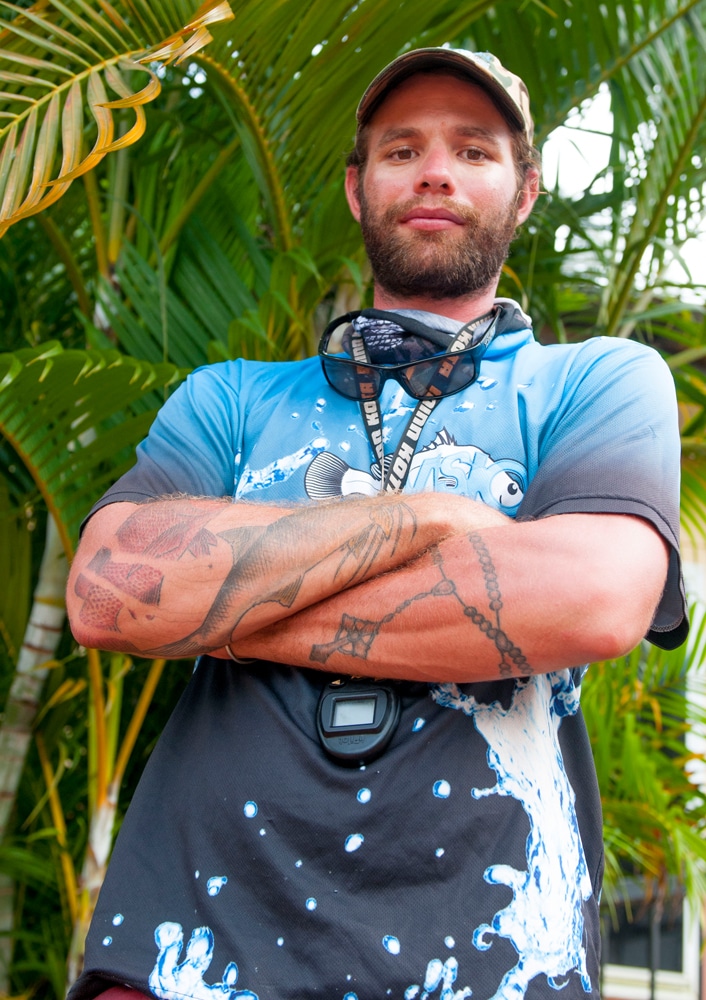
Fishing for Barramundi in Australia’s Northern Territory
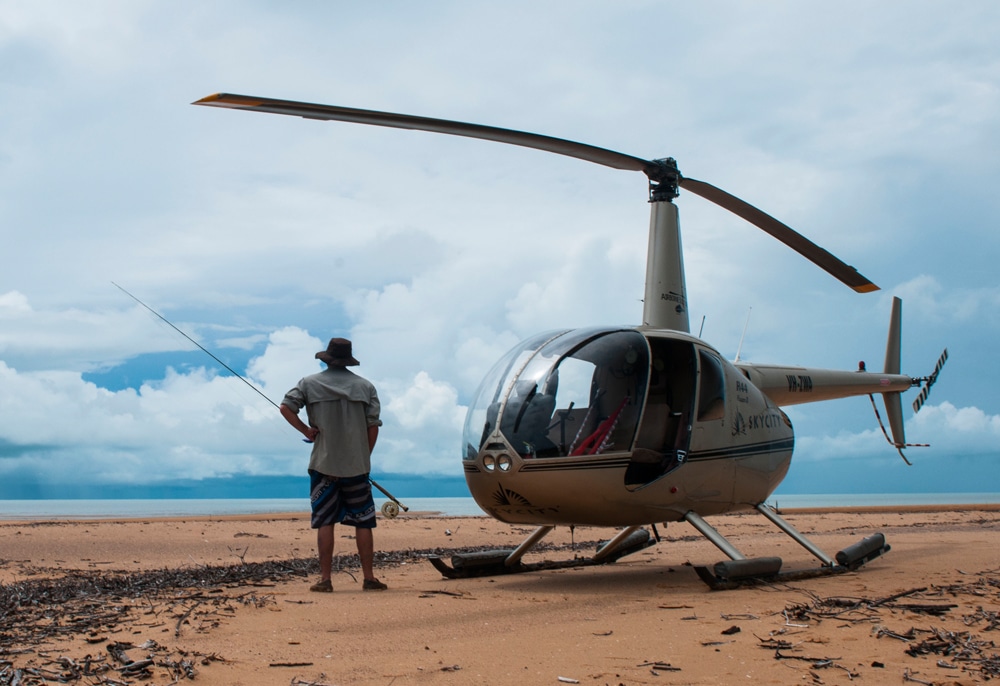
Fishing for Barramundi in Australia’s Northern Territory
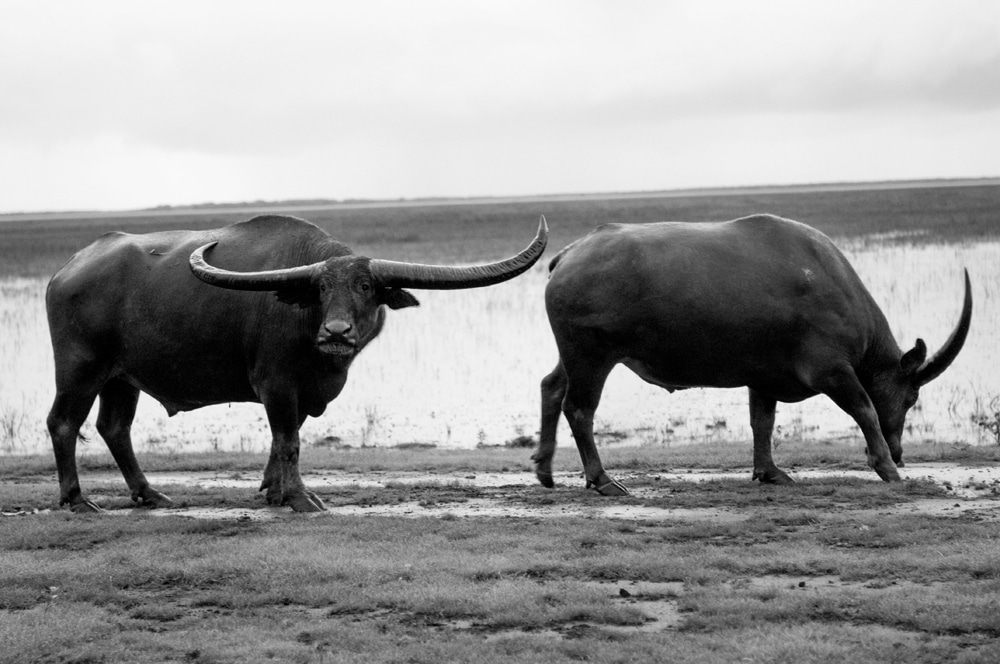
Fishing for Barramundi in Australia’s Northern Territory
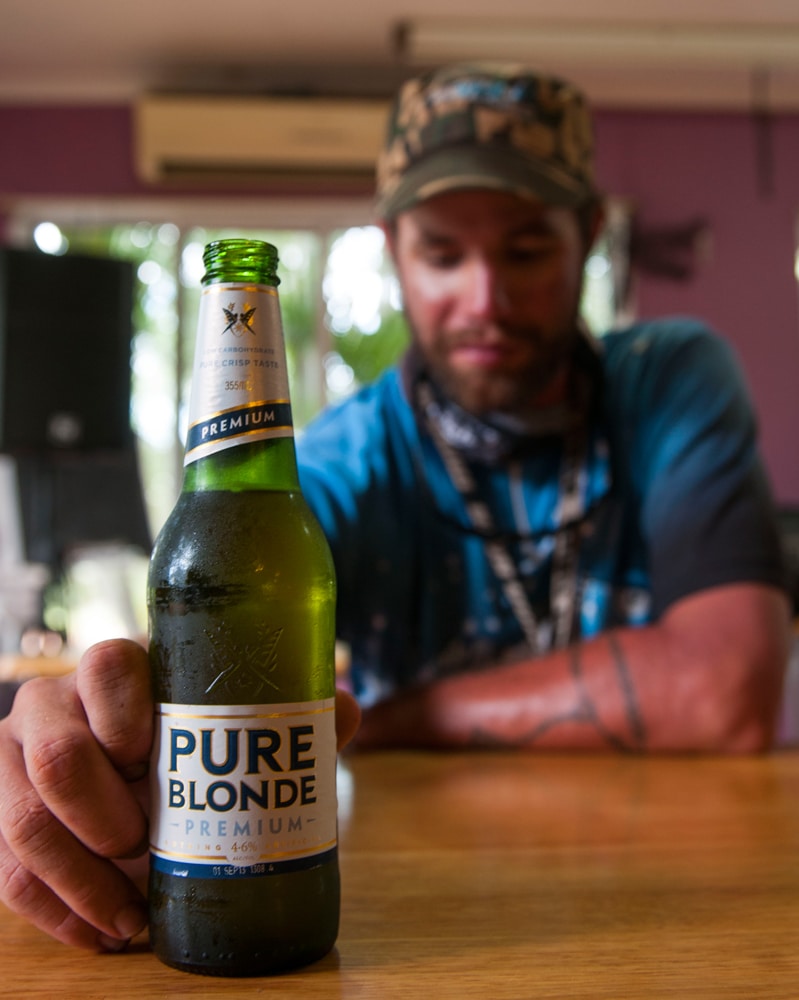
Fishing for Barramundi in Australia’s Northern Territory
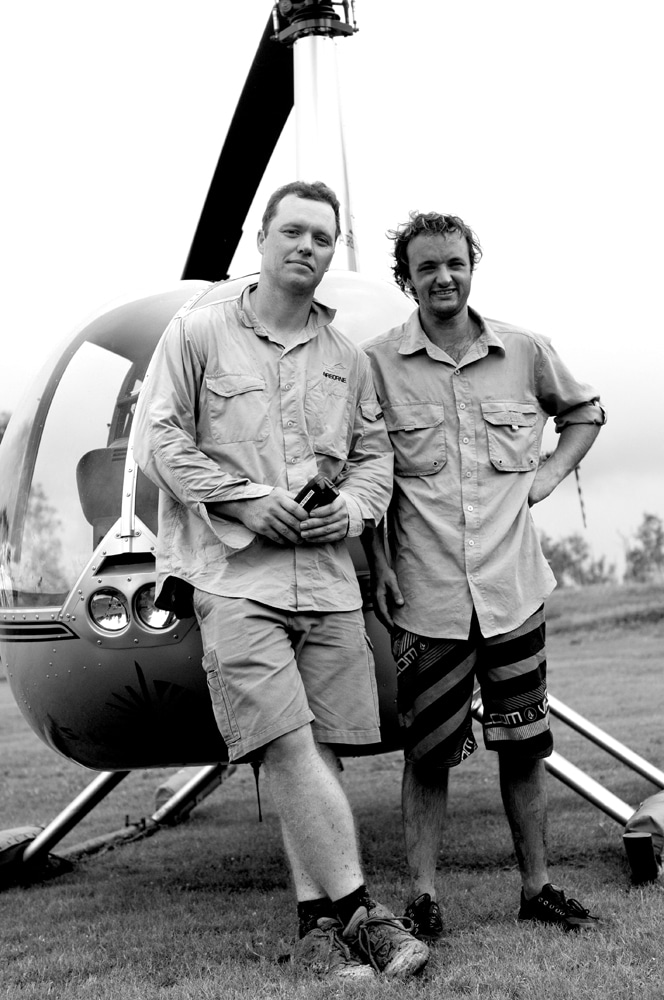
Fishing for Barramundi in Australia’s Northern Territory
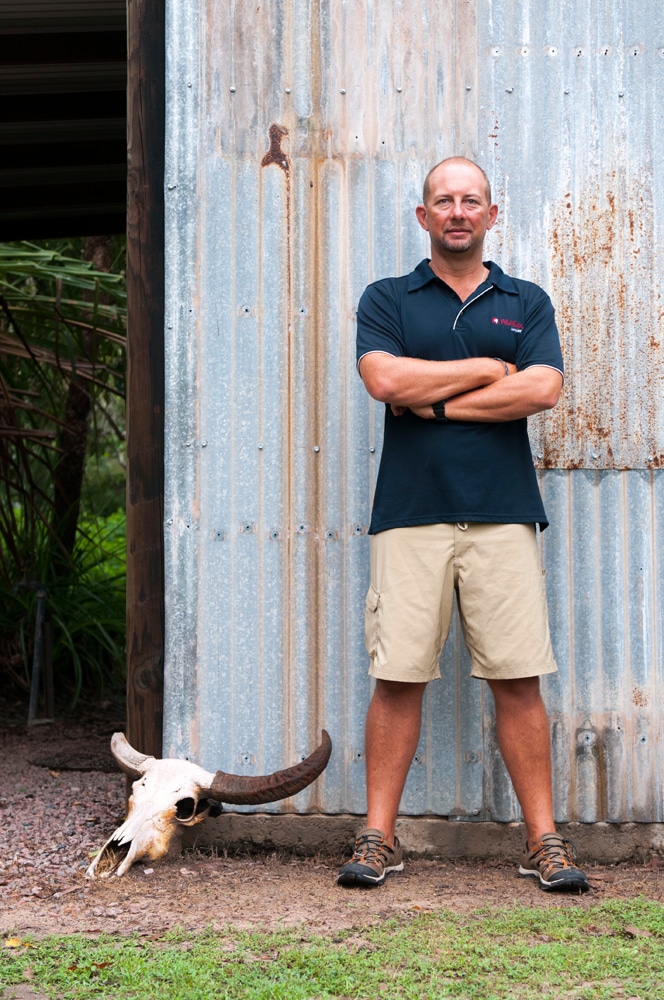
Fishing for Barramundi in Australia’s Northern Territory
